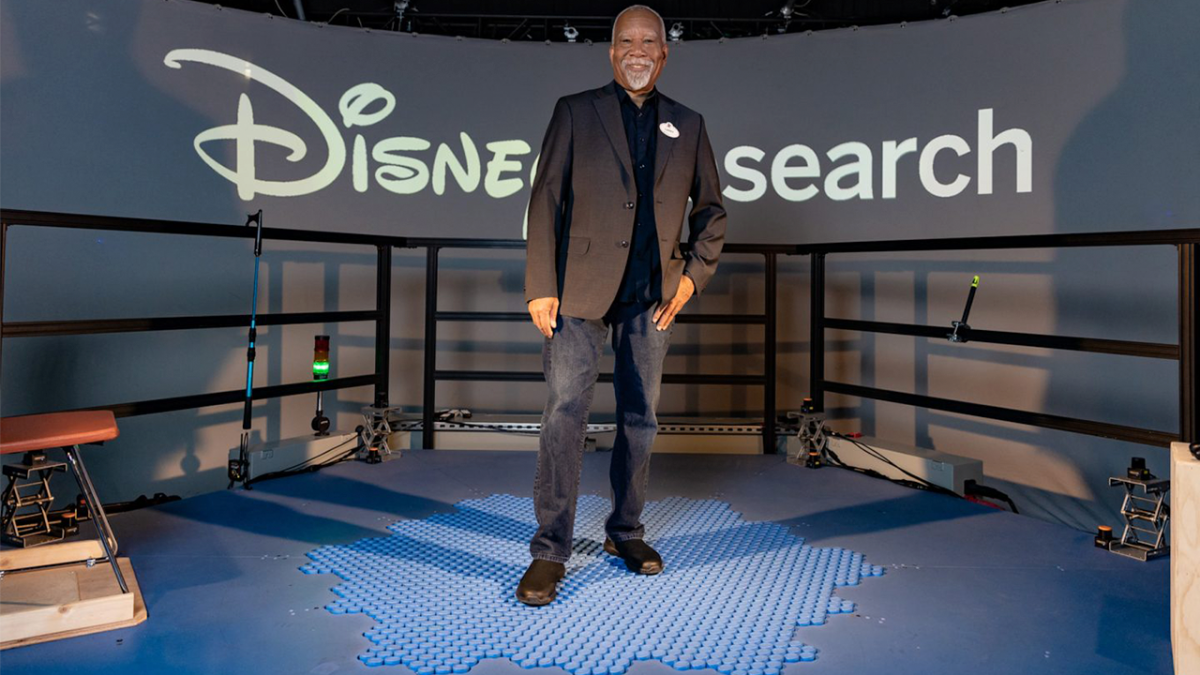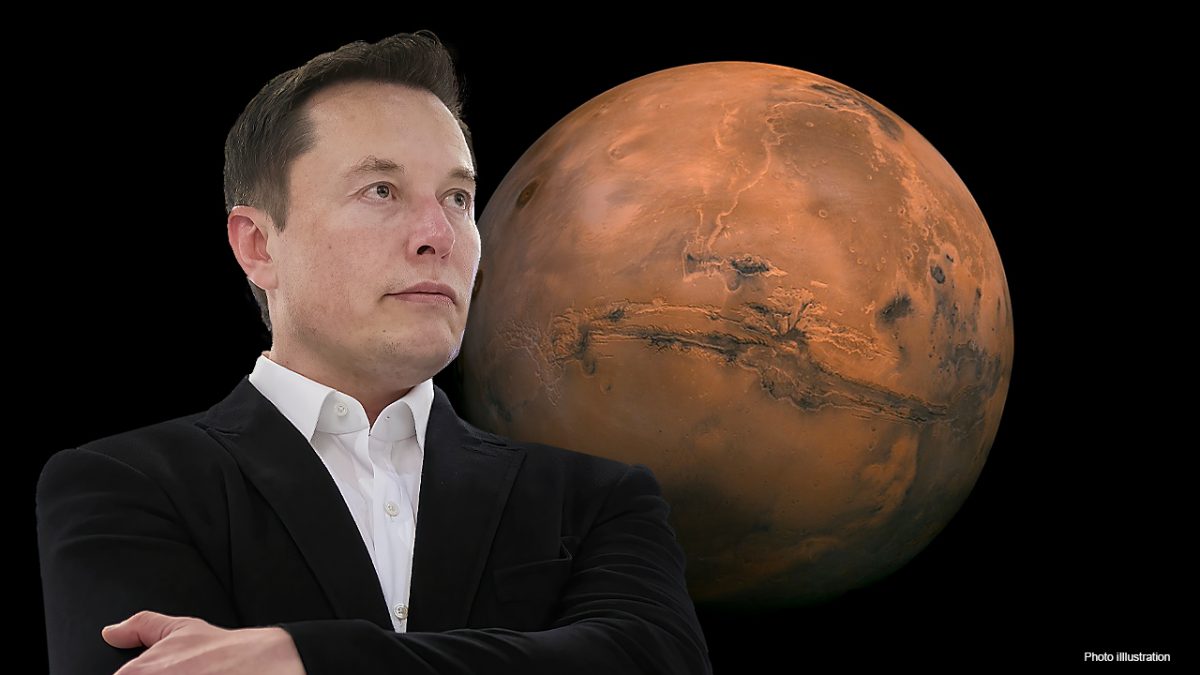Astronomers have long gazed up at the stars and wondered whether it is possible for humans to inhabit other planets one day or if Earth is our only possible home. Today, this question is on the cusp of being answered as Elon Musk, the visionary CEO and founder of SpaceX, has unveiled his ambitious plans to populate Mars. With technology advancing faster than ever before and space exploration furthering our understanding of other planets, Musk’s dream of establishing a human civilization on the “Red Planet” by the year 2050 is edging closer to reality.
Musk’s vision for interplanetary colonization is driven by the belief that humanity must become a multi-planetary species in order to ensure its long-term survival. “The future of humanity is fundamentally going to bifurcate along one of two directions: either we are going to become a multi-planetary species and a spacefaring civilization, or we are going to be stuck on one planet until some eventual extinction event,” Musk famously stated in an interview with National Geographic Channel’s “MARS” series. MIT professor of geophysics Daniel Rothman concurs that, based on his 2017 study, Earth’s oceans could contain enough carbon by the year 2100 to trigger a “mass extinction event”; Stanford University’s Existential Risks Initiative further highlights the urgent need for an “insurance policy” for humanity in the face of potentially catastrophic risks posed by nuclear war, bioterrorism, climate change, and misuse of AI. Musk’s conviction underpins SpaceX‘s mission to make space travel and multiplanetary habitation affordable and sustainable.
The cornerstone of Musk’s plan is the SpaceX Starship, a fully reusable spacecraft designed to carry up to 100 passengers and significant cargo. Starship is envisioned to be the vehicle that will transport the first settlers to Mars. The spacecraft’s development has seen rapid progress, with several prototypes undergoing testing. The ultimate goal is to have an operational fleet of Starships capable of regular voyages between Earth and Mars, much “like a flight across the country” on Earth today, according to Musk.
A key challenge in populating Mars is ensuring the safety and sustainability of human life. Mars has a harsh environment with extreme cold, low atmospheric pressure, and high radiation levels. To address these issues, SpaceX plans to create “self-sustaining” habitats, according to Musk’s essay published in China Cyberspace magazine. These habitats will use advanced life support systems to provide breathable air, clean water, and food. Solar panels and other renewable energy sources will be harnessed to power these habitats, ensuring that settlers have the necessary resources to survive and thrive.
Moreover, Musk’s vision extends beyond mere survival; He envisions a thriving Martian economy with over a million inhabitants. The first settlers will likely include scientists, engineers, and builders who will lay the groundwork for future expansion. Over time, as infrastructure improves, a more diverse population will follow, contributing to a vibrant and growing community. Musk has even suggested the potential for terraforming Mars—altering its environment to make it more Earth-like— although this remains a distant and speculative goal, according to Business Insider.
SpaceX‘s plans also involve significant collaboration with international space agencies and private companies. By pooling resources and expertise, these partnerships aim to accelerate the timeline for Mars colonization. This collaborative approach not only enhances the feasibility of the project but also underscores the global interest in exploring and settling other planets.
The implications of Musk’s Mars plans are profound. Successfully establishing a human presence on Mars would mark a monumental achievement in human history, akin to the moon landing. It would open new frontiers for scientific research, technological innovation, and possibly even new economic opportunities. Moreover, it would provide a valuable backup plan for humanity in the face of existential threats on Earth. Critics, however, raise valid concerns. The immense cost of the project, the ethical implications of colonizing another planet, and the potential risks to human life are all significant challenges that must be addressed. Nevertheless, Musk remains undeterred, driven by the vision of a future where humanity has a foothold in more than one world.
Elon Musk’s announcement of his plans to populate Mars is a bold and visionary step toward reimagining humans as a multi-planetary species. With SpaceX‘s advancements in space travel technology and a clear blueprint for creating sustainable Martian habitats bolstered by data from NASA’s ongoing rover exploration of the “Red Planet,” the dream of living on Mars is inching closer to reality. While challenges remain, the potential rewards are immense, offering a glimpse into a future where humanity’s reach extends beyond Earth into the vast expanse of the cosmos.







































